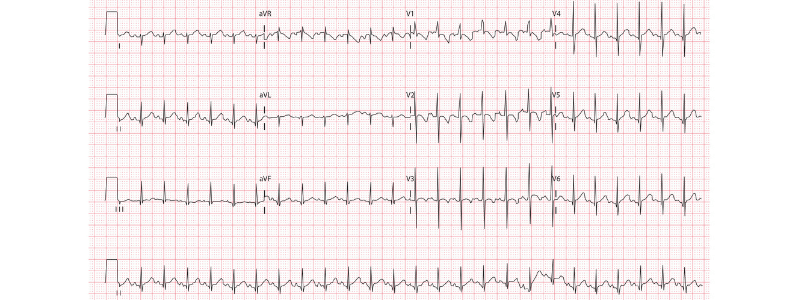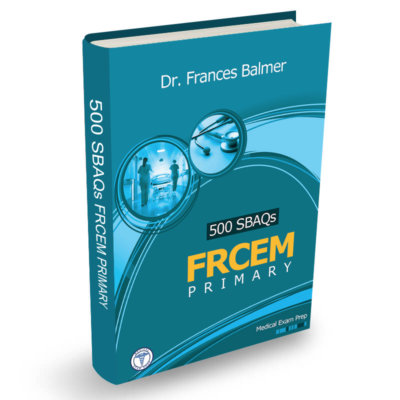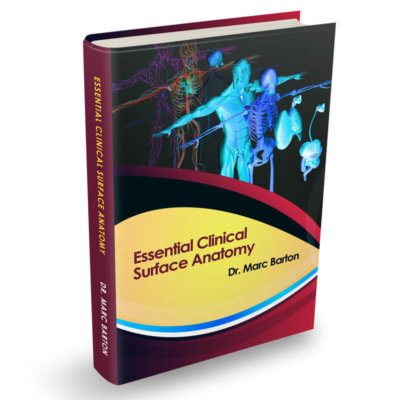Exam Tips

Test Your ECG Knowledge – Rate, Rhythm & Axis
Test your knowledge of the ECG rate, rhythm and axis with these questions.1. Which of the following is the usual paper speed of an ECG? A. 10 mm/secB. 25 mm/secC. 50 mm/secD. 75 mm/secE. 100 mm/secAnswer: B. 25 mm/sec The usual paper speed of an ECG is 25...

Test Your ECG Knowledge – Anatomy & Physiology
Test your knowledge of the anatomy and physiology of the ECG with these questions.1. Which of the following is the correct location of the sino-atrial (SA) node? A. Right atriumB. Left atriumC. Right ventricleD. Inter-atrial septumE. Inter-ventricular septumAnswer: A....

How To Read a Paediatric ECG
The basic methodology used to read a paediatric ECG is the same as that used in an adult ECG, but the anatomical and physiological differences between children and adults mean that some features of the ECG that will be different. Furthermore, the progressive changes...

Cushing’s Syndrome
Cushing’s syndrome is a collection of symptoms and signs caused by prolonged exposure to elevated levels of either endogenous or exogenous glucocorticoids. The incidence of Cushing’s syndrome is approximately 10-15 per million, and the incidence is higher in people...

Phaeochromocytoma
A phaeochromocytoma is a rare functional tumour that arises from chromaffin cells in the adrenal medulla. Extra-adrenal paragangliomas (extra-adrenal pheochromocytomas) are closely related, though less common, tumours that originate in the ganglia of the sympathetic...

Differentiating Causes of Dementia
Globally, approximately 50 million people have dementia, and there are nearly 10 million new cases every year. Dementia is a syndrome in which there is deterioration in memory, thinking, behaviour and the ability to perform everyday activities. Although dementia...

Understanding the Ventilation-Perfusion Relationship
To ensure that enough oxygen is provided by ventilation to saturate the blood fully requires that ventilation and perfusion of the lungs are adequately matched. Ventilation (V) refers to the flow of air into and out of the alveoli, while perfusion (Q) refers to the...

Understanding Acute Coronary Syndromes
The term ‘acute coronary syndromes’ describes a group of clinical conditions, all of which usually present with chest pain as a consequence of myocardial ischaemia or infarction. The acute coronary syndromes comprise: Unstable angina Non-ST elevation myocardial...

Hepatitis B Serology and Vaccination
Hepatitis B is an infection of the liver caused by the hepatitis B virus (HBV), a double-stranded DNA virus of the Hepadnaviridae family that replicates by reverse transcription. Hepatitis B is the most common cause of hepatitis globally, and the World Health...

Practice Questions for the PLAB Part 1
The Professional and Linguistic Assessments Board (PLAB) test is the main route by which International Medical Graduates (IMGs) demonstrate that they have the necessary skills and knowledge to practice medicine in the UK. The PLAB Part 1 is a computer-based exam that...




